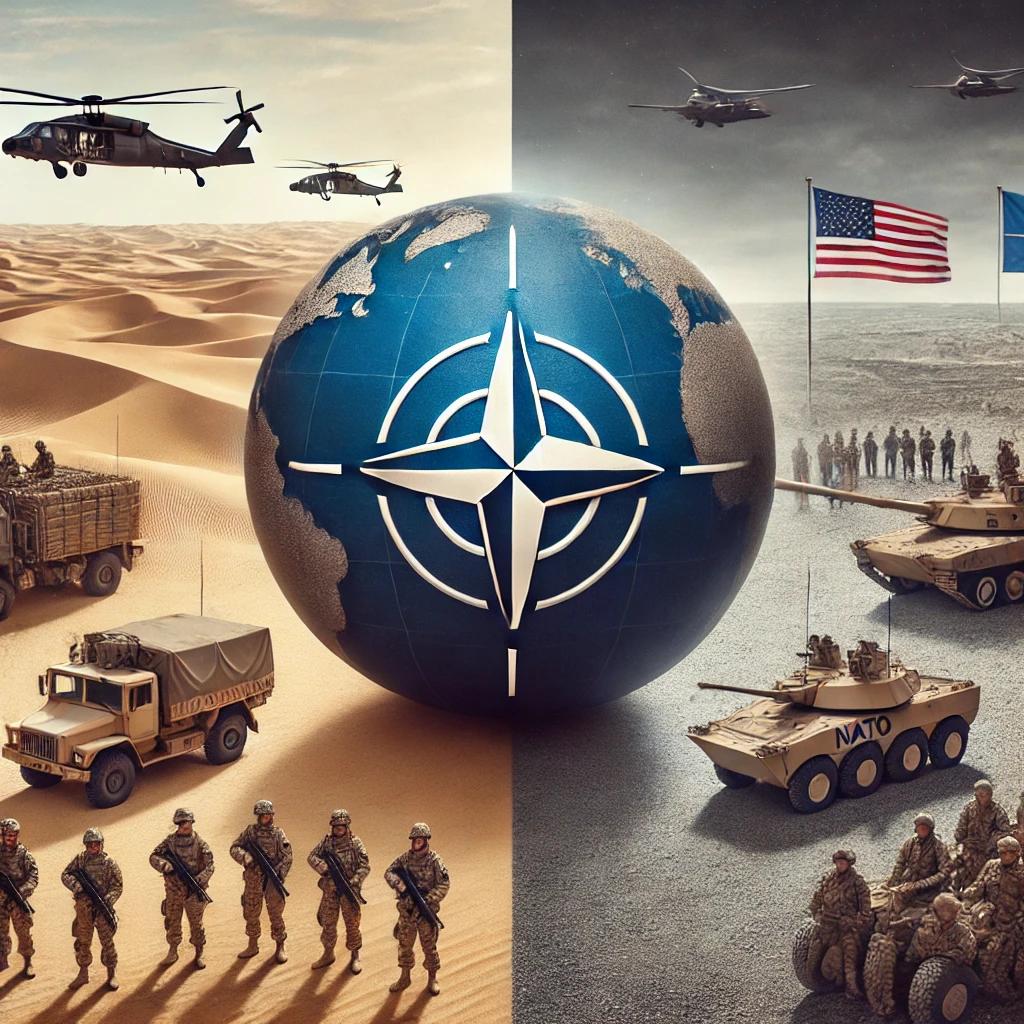
#image_title
As the world moves through an era of rapid geopolitical shifts, U.S. military strategy has been forced to adapt in response to new threats and emerging powers. This evolution is most evident in the changing nature of U.S. military deployments, particularly in the Middle East and Europe.
The 101st Division’s Combat Aviation Brigade, also known as the “Wings of Destiny” will replace the 10th Mountain Division’s 1st Brigade Combat Team, currently deployed to the U.S. Central Command’s theater of operations which includes Iraq and Syria. Officials did not announce when the division would begin its Middle East rotation.
For decades, the United States maintained a robust military presence in these regions, focusing on stability operations, counterterrorism, and deterring rival states. However, the latest trends in U.S. deployments highlight a shift in strategic priorities. The Middle East, long a hotspot for American military action, is witnessing a gradual reduction in troop numbers, while Europe is becoming an increasingly important theater of operations in the face of rising tensions with Russia and concerns over NATO’s defense posture.
The Decline of U.S. Deployments in the Middle East
The Middle East has been the epicenter of U.S. military activity since the early 2000s. The wars in Iraq and Afghanistan, along with counterterrorism operations across the region, defined American military strategy for years. Today, the U.S. is gradually scaling back its footprint in the region.
While ongoing missions remain, the reduction of troops and a shift toward advisory and training roles reflect a broader shift in strategy. The focus has increasingly turned toward ensuring that regional allies are capable of managing their own security, reducing the need for direct American intervention. This pivot comes in response to both domestic pressures to end “forever wars” (think Vietnam War and Gulf Wars) and a growing recognition that the U.S. needs to allocate its military resources to new challenges.
The rise of non-state actors such as the Taliban, ISIS and Al-Qaeda has made counterterrorism a key part of U.S. engagement in the region. However, as the immediate threat of large-scale terrorist operations diminishes and regional partners grow more capable, the necessity of maintaining large-scale deployments has waned.
Europe’s Renewed Importance: Containing Russian Aggression
In stark contrast to the reductions in the Middle East, U.S. military deployments in Europe have taken on renewed significance. The annexation of Crimea by Russia in 2014 and the ongoing conflict in Ukraine have heightened concerns about Russian expansionism. As a result, NATO and U.S. forces have increased their presence in Eastern Europe, particularly in the Baltic states and Poland, as a deterrent against potential Russian aggression.
This shift represents a return to more traditional state-on-state conflict dynamics, with the U.S. focusing on collective defense through NATO. The importance of Europe in U.S. military strategy has grown, as Washington reaffirms its commitment to NATO’s Article 5 – the principle of collective defense that states an attack on one ally is an attack on all.
The Strategic Pivot: Balancing New Challenges
These changes in deployment patterns also highlight the U.S. military’s evolving global strategy. In addition to focusing on Russia in Europe, the U.S. has increased its attention to the Indo-Pacific region, where China’s growing military and economic influence has become a primary concern. This shift requires the U.S. to be more judicious with its military resources, balancing its commitments in the Middle East, Europe, and beyond.
However, reducing the U.S. presence in one area does not mean abandoning it altogether. Rather, it suggests a recalibration of American military strategy to address emerging challenges while maintaining a flexible global presence. The military is now leaning toward smaller, more agile units capable of rapid deployment, relying more on technology and partnerships to project power.
Conclusion: The Future of U.S. Military Deployments
As the U.S. military adjusts its presence in the Middle East and Europe, it is clear that American foreign policy is in a state of transformation. The era of large-scale ground deployments in the Middle East may be coming to a close, but new challenges, particularly in Europe and the Indo-Pacific, are shaping the next phase of U.S. military strategy.
While the exact nature of future conflicts remains uncertain, the U.S. military will continue to adapt, ensuring that it remains a dominant force on the global stage. The decisions being made today regarding troop deployments will have long-term implications for both American security and its role in international affairs.
For those who closely follow military developments, this shift highlights the complexity of modern warfare and the delicate balance required to maintain global stability in an increasingly multipolar world.
For more in-depth information on the changing landscape of U.S. military deployments, you can read the original article on Task & Purpose: U.S. Military Deployments Shift from Middle East to Europe.



More Stories